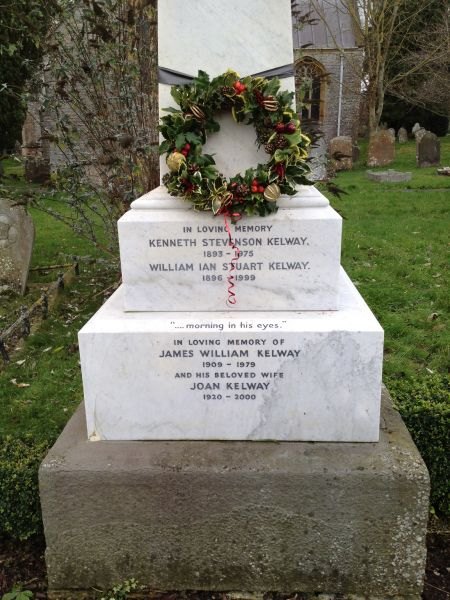History
Kelways has a long and distinguished history. The nursery was founded on 1st May 1851 by James Kelway. We are one of the very oldest nurseries in the UK that has been trading continuously for 170 years!
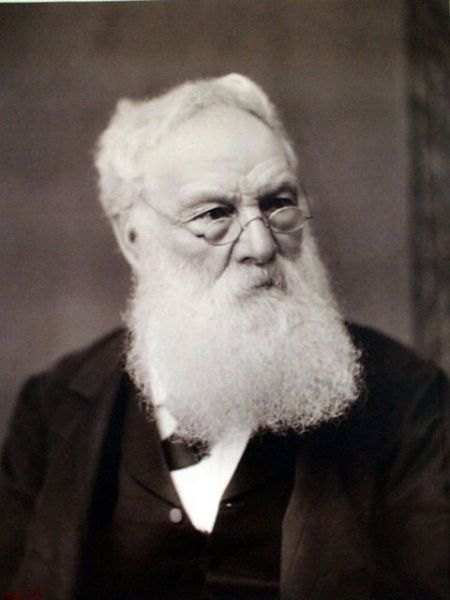
James Kelway - Founder of Kelways
James was born in 1815, and became a gardener like his father, William. At the age of 18 James was appointed as Head Gardener on the Dillington estate, near Ilminster, which was being revamped by its new owner, James Lee Lee. Over the next 17 years James learned not only how to manage a large garden, but also took advantage of the walled gardens and large greenhouses to develop his love of hybridising new varieties of plants.
When he moved to Langport in 1851 he was already an experienced horticulturist. He started with a piece of land of less than two acres, but over the next fifty years he built up a nursery business with over 200 acres of its own, and many more leased from local farmers. He established Kelways with a world wide reputation for both vegetables and flowers. His first love was the gladiolus, but he also worked on other herbaceous plants such as delphiniums, pyrethrums, and of course peonies, which were to become Kelways’ flagship product.
His son William and grandson James continued his work into the 20th century, and although the business was hard hit by the two world wars, it has survived and thrived to this day.
A customer wrote to Kelways as the Second World War was coming to an end: ‘A thousand thanks for the lovely plants. The old song says “There will always be an England”. My best wish is that there will always be a Kelways at Langport’.
We are proud to be part of the Kelways tradition at Langport. To mark the anniversary, we have produced the first official history of Kelways, which was launched at the Chelsea Flower Show & written by our own official historian, Janet Seaton.
Peony Valley
Peony Valley was originally James Kelway’s selection ground for his newest and best seedlings. The London to Penzance railway line crosses the end of the valley, and in the nursery’s heyday a temporary station called “Peony Valley Halt” is reputed to have been erected every June. Trains would pause there and Ladies and Gentlemen would stroll through the lines of peonies, taking in the scent, and maybe purchasing tins of “Peony Valley Talcum Powder” before continuing their journey.
We replanted the current collection in 1995 to be a sort of retirement home for over 300 of our most historic peonies. Some might not be the most floriferous, some might not be very vigorous, and some might not be considered tasteful in today’s world, but every single one is important to us.
Dave Root used to spend much time in June walking the peony collection, checking and refining their descriptions against James Kelway's hand written tome entitled “Kelways Peony Bible”. This has proved a mammoth task over the past 28 years. Inevitably some rogue plants have appeared, and some varieties seem different to the descriptions noted by Mr Kelway, which can be due to the way that certain colours were perceived and described 100 years ago. There are of course no colour photographic records from this era to refer to, and no other living experts to confer with!
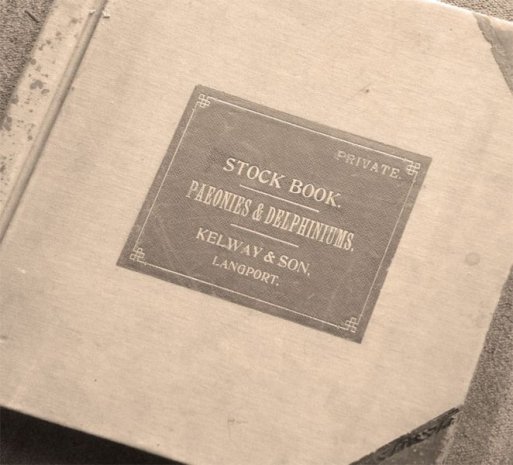
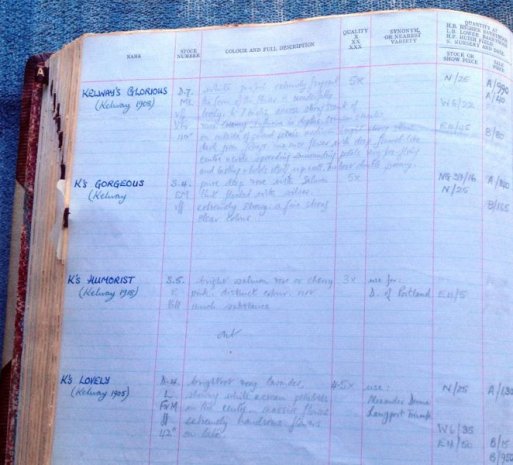
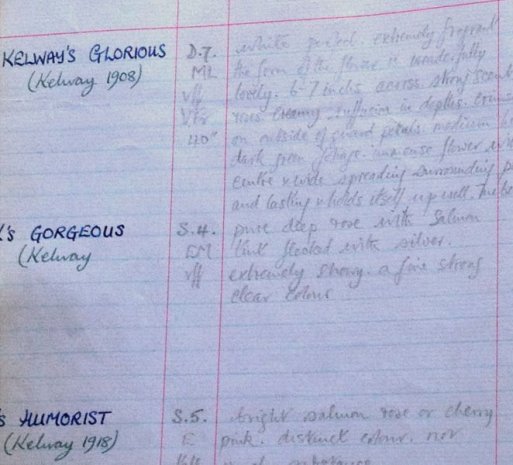
Sometimes there is just one remaining plant of a precious variety. Other times pleasant surprises have been made. We thought that Kelways White Lady had been lost forever, but she turned up in amongst King Arthur!
We have also been endeavouring to find biographical information behind the names of some of the varieties. Some, such as Briton Ferry (A village in south Wales) and Lord Kitchener are straightforward. Others like Mrs. Beerbohm Tree, have been more challenging.
Planting the new collection starts in November 2012. This is a really exciting project as it will allow us to get many more cultivars in a much more compact area, with better access. It will be much easier to compare individual cultivars and keep the weeds under control. Labelling should be easier too. Click here to read more about Peony Valley.
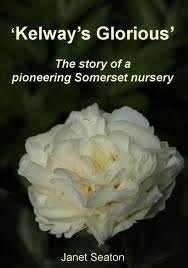
"Kelway's Glorious" by Janet Seaton.
We also maintain a rather more private peony collection. We are caretakers of the Kelway family memorial in our local churchyard at Huish Episcopi. There are two underground vaults where approximately 25 family members are buried. There is a 12ft high needle-like monolith in gleaming white marble.
We have planted the ground around the monument with 40 of James Kelway's most supreme peonies, and have included where possible, peonies named for the people buried there. Reading some of the descriptions, particularly of those whom died tragically young, it is poignant to reunite the plants with the family; a very special family to whom those of us at Kelways today, owe so much.
The Kelway Monument
